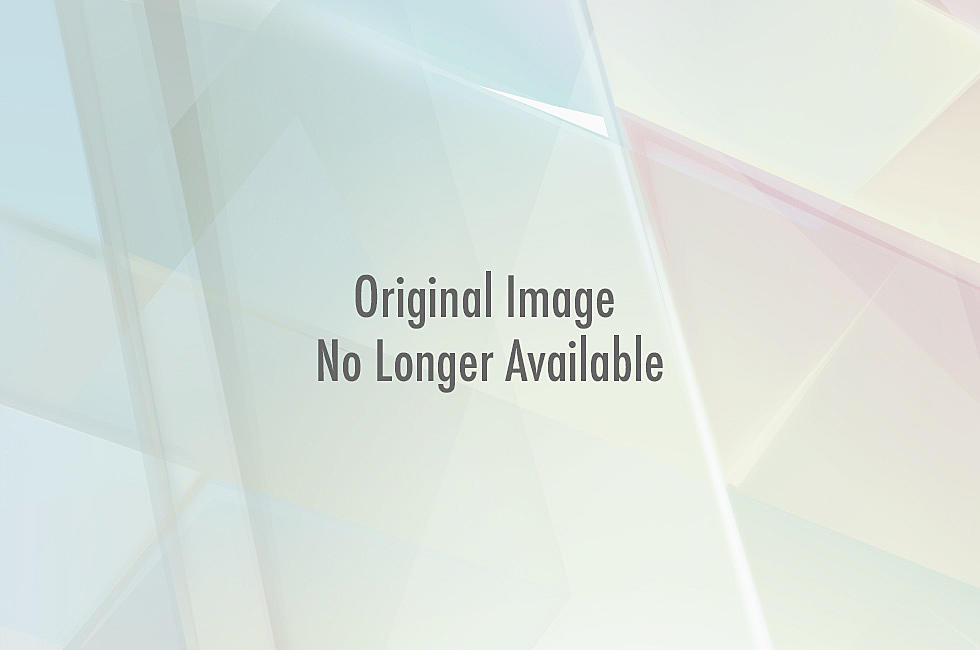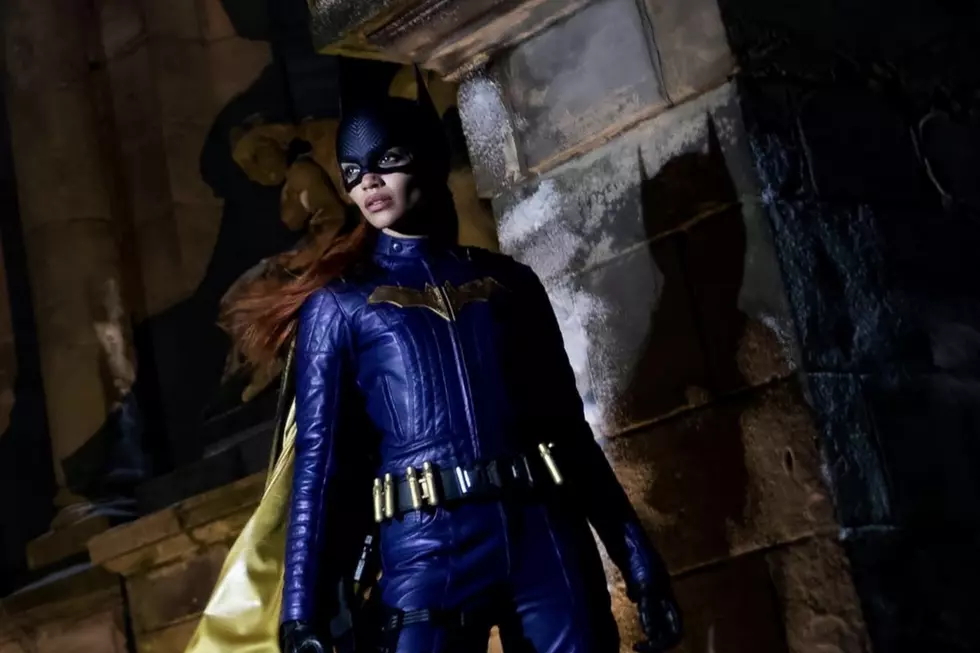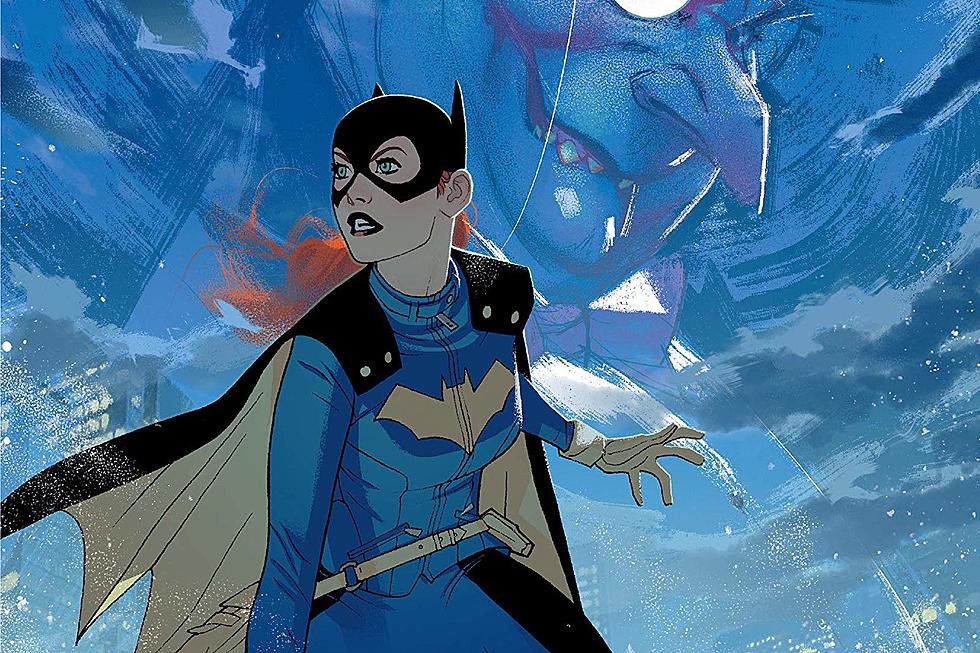
Smart, Nice and Sassy: ‘Good Girl’ Role Models Make Boring Heroes
Girls need role models. This is an old canard, though it’s tempting to see its genesis in 1990s girl power — it’s just that it hasn’t always meant warmed-over Gloria Steinem quotes and the Spice Girls. June Cleaver was a Good Role Model for Girls. The Virgin Mary is a Good Role Model for Girls. Their ranks have swelled with Buffys, Lara Crofts, and Wonder Women, but they stand, toned of arm and glossed of lip, beneath the same banner.
In response to a dearth of women, mainstream comics now turns to the Good Role Model for Girls as a panacea. Spider-Gwen! Spider Woman! Batgirl! Hawkeye! Black Widow! All the women in X-Men! She-Hulk! Even Suzie in Sex Criminals! And oh, how the little girl marooned in 90s comic dungeons within me sang! It’s a new age, I thought; a turning point. We’re getting somewhere. We’re really going to see a sea change across the most visible sector of comics, from the most mainstream companies. Sure, there are still very few female creators. But that’s coming, right? We’re moving forward. Even the hashtags say so.
The first issues fly by, and I purchase every single one.
And I am bored.
Which isn't to say I don’t enjoy many of these books, or that I think they have no redeeming qualities. But these brave new heroines can, by and large, be summed up as “smart, nice, vaguely sassy.” There is individual conflict, sure — Barbara’s academic work, Gwen’s band, Kate Bishop’s desire for independence — but it’s rarely defining, and never truly risky. Certainly none of these books approach the kind of comedy, pathos, or danger that define the greatest male characters. They’re all a little safe, a little tame, a little quiet.
Sex Criminals exemplifies the dichotomy: While Jon struggles with mental illness, gender expectations, self-loathing, and love, complete with surreal looks into his mindscape and a brutal flashbacks in which he must reckon with childhood sins, Suzie…really wants to save her library. She has a brief tiff with her friend. It’s not a terrible story. But while the male lead is given the room to screw up, lie, fume, and lament, the female lead is given an exterior problem that no one would object to. Like Barbara’s crusade against her impostor. Like Gwen’s tangle with The Vulture. Like Diana’s war against the First Born. Like Kate Bishop’s California misadventures.
If a woman is to live through these characters, as we all love to argue the reader is meant to do with superheroes, she cannot plumb the depths of anger, sorrow, or joy. These heroines are too busy implicitly role modeling to become true characters.
The Good Role Model for Girls can be entertaining, and even inspirational. I have loved her, in certain incarnations, as a girl, a teenager, and an adult. But at her worst — and she is frequently at her worst — she is boring. At her worst, she is featureless beyond a few snappy catchphrases and factory standard martial arts proficiency. She isn’t flawed, funny, or notable beyond her purpose of good role modeling. She's smart. Nice. Vaguely sassy. Opposed to the kind of thing anyone would be opposed to.
In these failings, the Good Role Model for Girls is a manifestation of the patriarchy she claims to rebuke. Because the thing is, girls know how to be good. Good is waxed eyebrows, D-cups jiggling temptingly above hard abs, eyeliner techniques that might give you an infection but nail that “no-makeup makeup” look that guys just love. Good is AP Statistics and never complaining about the things the baseball team captain yells about your breasts from car windows. Good is always being down for a round of Halo and pizza, and always, unquestioningly, being the one to do the dishes and put away the controllers once the fun is over. Good is the unattainable ideal of womanhood — brilliant, sexy, empowered, but not like, a feminist — that we are fed from the day we are born. It isn't just the fact that girls are all too familiar with goodness; the crux of the problem is that girls cannot escape goodness.
What girls need — and what the Good Role Model for Girls rarely dirties herself with — is ugliness. Ugliness, in this sense, is what makes women human, rather than role models. "Ugliness" is bodies beyond Barbie, but also more than that; ugliness is a heart full of envy, hope, cruelty, anger, and fatigue. Ugliness is an interior life, and thus, an acknowledgment of women as independent beings.
Ugliness is not present in these comics. Nothing these heroines do is truly objectionable, none of their thoughts too dirty, none of their actions ill-considered. They might trip, but they do not fall, and they certainly never swear upon doing so.
Ugliness is beloved in men. We worship James Bonds, Walter Whites, Don Drapers, these (straight, cis, white) men who kill and connive. In them, it isn’t ugliness at all — it’s style and depth and daring. Comics love these men. They’re lovably crude clowns, like Plastic Man. They’re gruff malcontents with hearts of gold, like Bigby Wolf. They’re scarred avatars of justice, like Batman. They’ve been filling pages from the beginning, in superhero stories, Westerns, science fiction, crime, horror, and war comics. They’re the lions of the indie scene. They’re snapped up for Hollywood adaptation. These men — these cool, tough, fascinatingly twisted men — dominate.
For all that the past few decades have wallowed in grit and “realism” (as defined by teenage boys with a nihilism fetish), superhero comics are still, I would argue, best suited to telling stories that are heightened. Look at the classics: Simonson’s Thor, All-Star Superman, Batman: The Animated Series. These are stories that may deal in death and degradation, which tempts us into calling them “realistic,” but they are each and every one a melodrama — which isn’t actually something to run away from. “Subtle” is not a synonym for “worthwhile” or “intelligent.” That vivid emotions, broad symbols, and highly-colored tales of good and evil resonate with us is a sign of our humanity, not our inferior taste. We want to feel. We want to understand our world. We want to understand ourselves. And sometimes we want to do it in the big, emotional way that superheroes were explicitly created to do.
This is precisely what these tepid superheroine comics avoid. What creators need to indulge, then, is ugliness and melodrama. While the trail has not yet been fully blazed, positive examples exist. Emma Frost, for example, is the first female comics character I ever really loved. She wears her conflict — her big, emotional conflict — on her sleeve: she was bad, now she’s good, but she’s never going to be nice. After wading through a sea of smart, nice, sassy girls, her turmoil was a revelation.
Renee Montoya, especially as depicted in Gotham Central, is another beacon of storytelling: Rucka and Brubaker explored everything from alcoholism to police brutality through her eyes. I believe Harley Quinn’s popularity with women springs from a similar place: she’s a character. She’s goofy and tragic and full of story potential. Her heart is bruised and patched and too big to manage, but she simply cannot shelve it away. It's ugly. It's melodramatic. And there's no character I hear women cite more often as their favorite.
These women aren’t role models. They’re not telling me how to be a good girl, for the benefit of everyone around me. They’re for me. They acknowledge that I am a human being capable of evil and virtue, sadness and joy. They are fantasy — the fantasy of adventure and superpowers, but mostly, a fantasy of emotion and humanity. And fantasy — unabashed, unfilitered, untethered — is the very soul of superheroics.
More From ComicsAlliance






![How Conner And Palmiotti Reinvigorated Harley And Reimagined ‘The Jetsons’ [Interview]](http://townsquare.media/site/622/files/2017/03/Harley-Featured.png?w=980&q=75)


